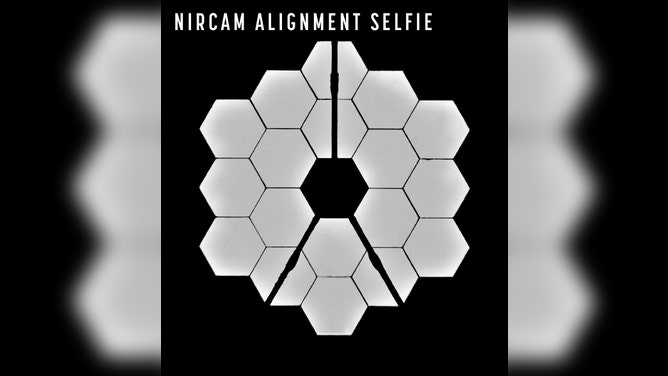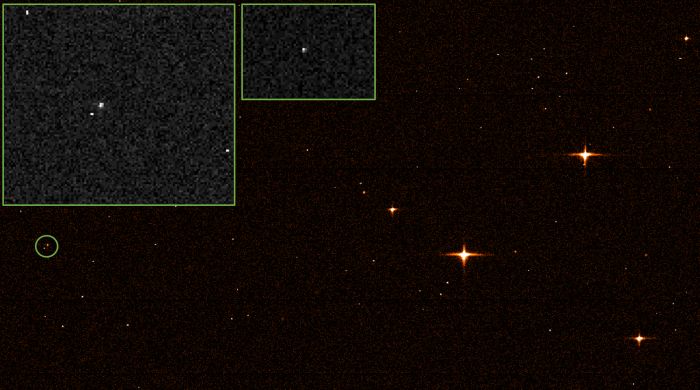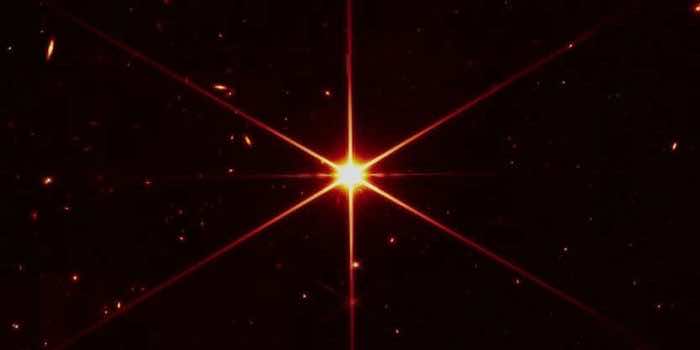Images of a star are making headlines in the astronomical world — they are the first to be returned from NASA’s James Webb telescope, and they have surpassed all expectations.
NASA team members disclosed Wednesday that the most powerful space telescope performs better than scientists had hoped after decades of planning, construction, and numerous launch delays.
Following its launch from French Guiana on Christmas morning, the 21-foot telescope mirror slowly unfolded in orbit as it traveled 1 million miles from Earth. Then, to serve as a single primary mirror, all 18 golden hexagons had to be precisely aligned down to a nanometer.
On March 11, the Webb team completed “fine phasing” aligning the Optical Telescope Element. Now, the James Webb Space Telescope can successfully gather light from distant objects in the universe in beautiful clarity.
NASA officials acknowledged their immense excitement at these first images:
“It was a very emotional moment,” Webb Optical Telescope Element Manager Leon Feinberg said when the team gathered to see the first images over the weekend.

As photographs of the star arrived, the team enlarged them up to evaluate how well Webb was doing. Feinberg described the first photographs as “absolutely phenomenal.”
“We said last Fall that we would know that the telescope is working properly when we have an image of a star that looks like a star. And now we have that, and you’re seeing that image.”
Fans of the Hubble Space Telescope will recall that when the first photos returned blurred in 1990, the team immediately determined that a malfunction with the mirror was to blame. Fortunately, Hubble is only around 300 miles above Earth, and astronauts repaired the telescope with numerous space shuttle deployments. So when Webb’s team received their first photograph displaying a sharp and detailed glimpse of a randomly chosen star, it felt like an immense sense of relief for everyone who had fought so hard to get to this point.
According to Jane Rigby, NASA Webb operations scientist, the star in the photograph, 2MASS J17554042+655127, was not chosen for any particular purpose. “It was just a nice boring star of about the right brightness,” she explained.

The star is about a hundred times fainter than what the human eye can perceive, but Rigby says it is blindingly brilliant in the Webb image, demonstrating the telescope’s sensitivity.
“The engineering images that we saw today are as sharp and as crisp as the images that Hubble can take but are at a wavelength of light that is totally invisible to Hubble,” Rigby explained. “So this is making the invisible universe snapping into very, very sharp focus. The requirement was to get to the diffraction limit at two microns. We nailed it.”
The image is more than just a single star. The surrounding streaks, according to Rigby, are galaxies billions of light-years away, which is exactly what the telescope was meant to observe light as it appeared billions of years ago.
These first photographs are engineering images designed to test how well all of the pieces of this technical marvel interact with one another. The design of the high-priced telescope is astoundingly sophisticated, and the stakes are huge. But unfortunately, while James Webb greatly expands our vision of deep space, it also means that we have no way to make modifications or corrections if something goes wrong.

The constant stress to ensure that every component of the telescope was correct before sending it into orbit was immense, resulting in several delays. But since its launch in December 2021, every deployment stage has progressed flawlessly.
The next decade or two will be packed with spectacular discoveries now that the telescope is up and aligned. Keep an eye out!


